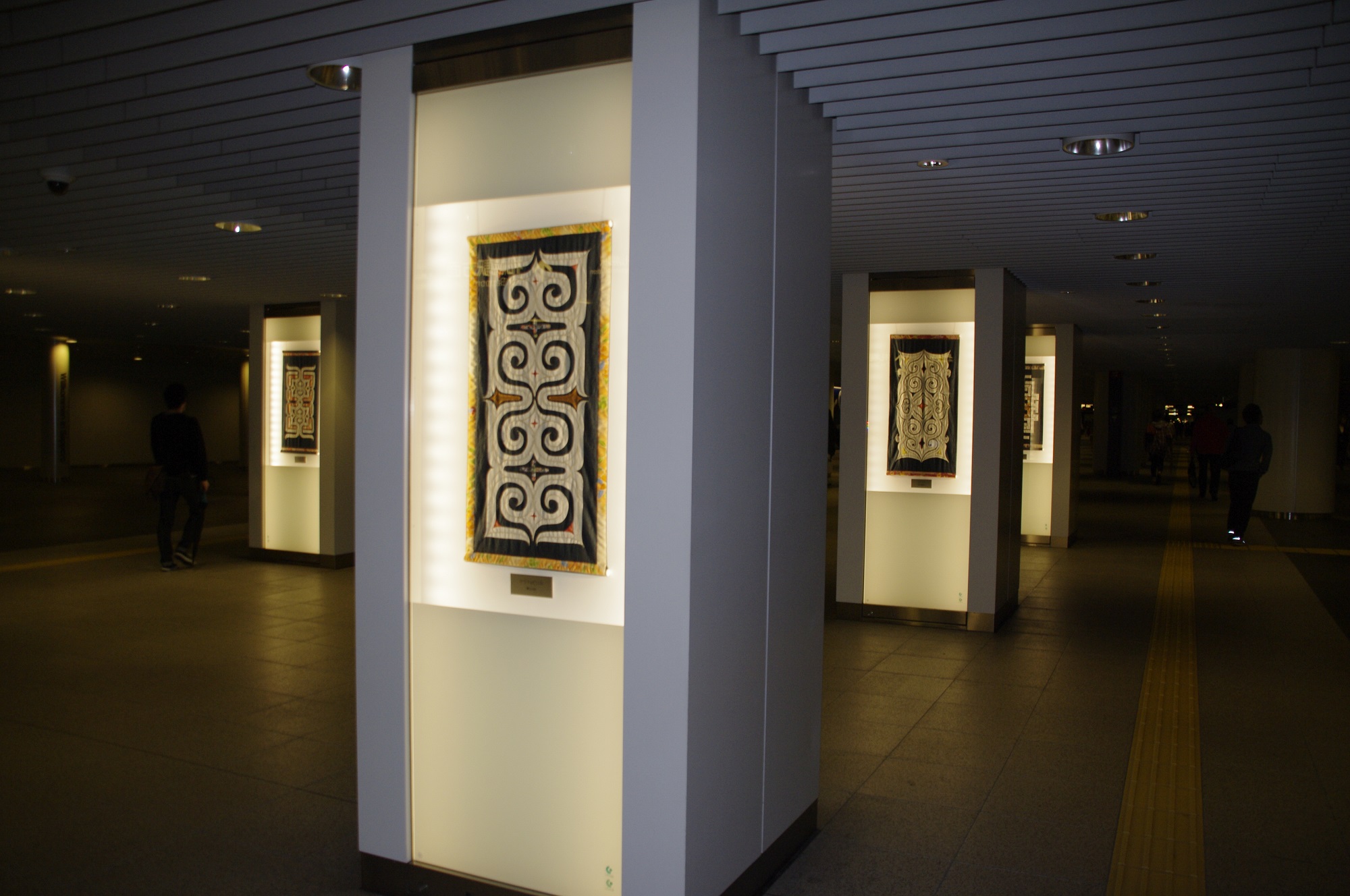

The Ainu is a small group of indigenous people now living mainly in Hokkaido. From the sixteenth century, they were in constant contact with the Japanese, often fighting with them. In the Meji period, beginning in 1868, the Japanese settlement on Hokkaido intensified. The Ainu were discriminated against and pushed to the margins, resulting in poverty following suit. As a consequence, Ainu culture began to regress and their language disappeared. This, however, did not result in the complete detachment of the community from tradition. Currently, although the Ainu do not lead a traditional way of life, they try to cultivate their culture based on ancestral rituals. The traditional culture of the Ainu people is known mainly due to the work of scientists, such as Bronisław Piłsudski. In the second half of the 20th century the renaissance of Ainuan culture flourished and the social activist and Ainu culture expert, Shigeru Kayano, played a major role in this. This article was prepared on the basis of available
literature and interviews with the Ainu people as well as with Japanese authorities, researchers and museologists in 2015.

Download files
Citation rules
Cited by / Share